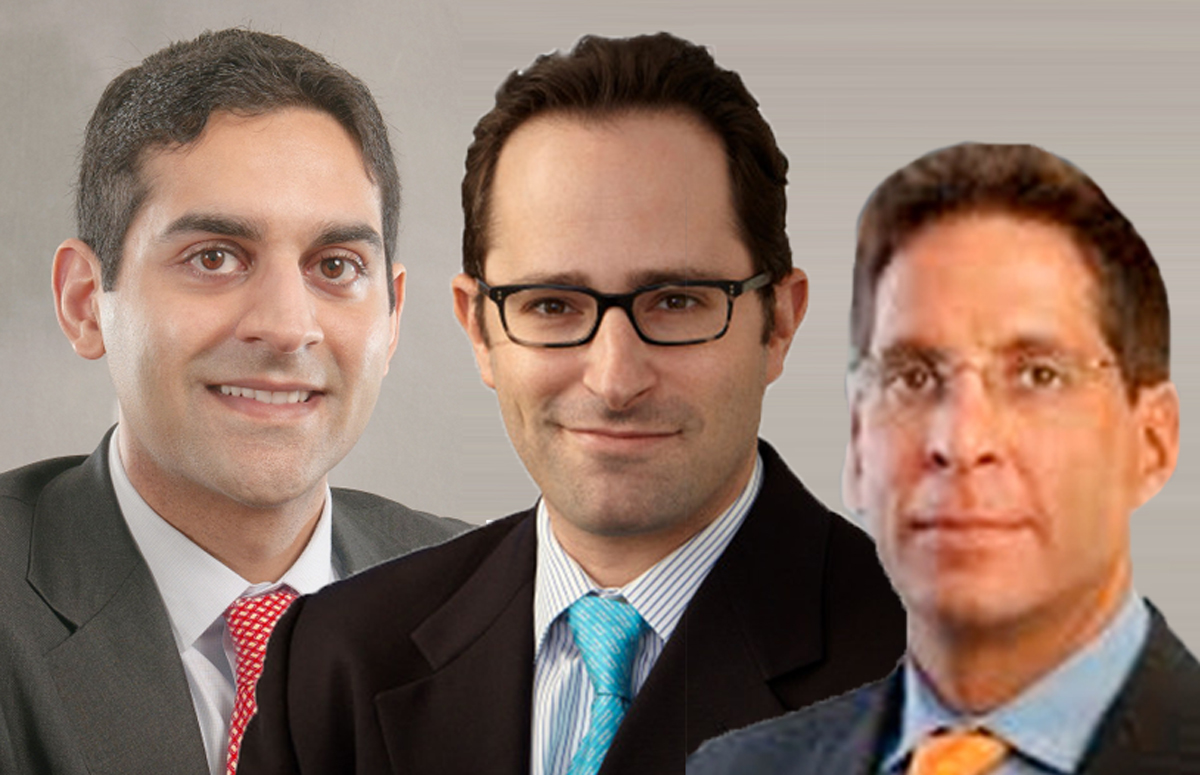Trending
Here’s how Blackstone and Allianz respond to rising interest rates
As rates rise, RE investors shift to cheaper cities, debt

UPDATED, Apr. 25, 1:22 p.m.: On Tuesday, the yield on 10-year U.S. Treasury bonds hit 3 percent for the first time since January 2014, heightening fears that the real estate market could be entering a period of rising interest rates and falling property prices.
At Mazars USA’s commercial real estate summit Tuesday, some of the country’s largest institutional real estate owners discussed how to cope with this changing environment. They pointed to two trends: a shift from cities like New York to secondary markets like Nashville or Portland where price growth is higher, and a growing interest in issuing debt.
“For us, at this point in the cycle, the focus is really avoid super-long-term leased, bond-like real estate that doesn’t grow in what is potentially a rising interest-rate environment, and really focus on those places where you can see that cash-flow growth.” said Nadeem Meghji, head of the Blackstone Group’s real estate business in the Americas. He cited warehouses across the U.S., lab offices in Cambridge, Massachusetts, and West Coast cities like Seattle, San Francisco and Los Angeles as areas where he sees potential profits.
“The high-cost states are really paying the price,” said Brahm Cramer, co-head of real estate investment at AllianceBernstein. Last year, the company decided to move employees to cheaper cities to cut costs, and Cramer said the internal deliberations reinforced his belief in the strength of Southern cities. “What was interesting to me was when we were pitching this idea of moving people to a different geography, how compelling and competitive some of these other low-tax, high-growth states are, and the opportunities that come with it,” he said.
Meanwhile, a growing number of real estate investors are issuing debt, rather than buying properties, in an attempt to cash in on rising interest rates and protect themselves against a market downturn.
“Every developer has a debt fund now. I’ve never seen more debt funds in the market in my career,” said CBRE Global Investors’ Gary Jaye.
Avison Young’s James Nelson also noticed growing interest in debt. “It seems that every developer that we speak to with a piece of land says ‘Maybe I won’t buy, but maybe I’ll lend on it,'” he said. “I don’t want to call them loan-to-own or predatory, but they probably wouldn’t mind if they got the keys back to the property.”
While the panelists acknowledged that the New York market as a whole faces headwinds, no one expects doom and gloom. One reason: the sheer amount of institutional money seeking investments.
“With who we have in the White House right now, you don’t know what’s going to happen,” said Gary Phillips, head of U.S. real estate acquisitions at Allianz, which bought a stake in 1515 Broadway last year. “We’re not hitting the pause button like some others in the market. We just can’t do that, and there’s too much capital on the sidelines that needs to get to work.”
CBRE Global Investors, meanwhile, is turning to an unlikely asset class in its hunt for yield: retail. Last week, news broke that the CBRE subsidiary agreed to buy stakes in certain malls owned by General Growth Properties as part of the REIT’s acquisition by Brookfield Property Partners.
“As (interest) rates go up, are cap rates going to go up, or are we just going to settle for a lower return? And I think the answer is we’re going to settle for a lower return,” said CBRE’s Jaye. “The darker that it looks right now, and the uncertainty that’s out there, the more of that, the better the opportunity.”
Correction: an earlier version of this post wrongfully attributed a quote to Brahm Cramer. It was Gary Jaye who said “Every developer has a debt fund now.”




